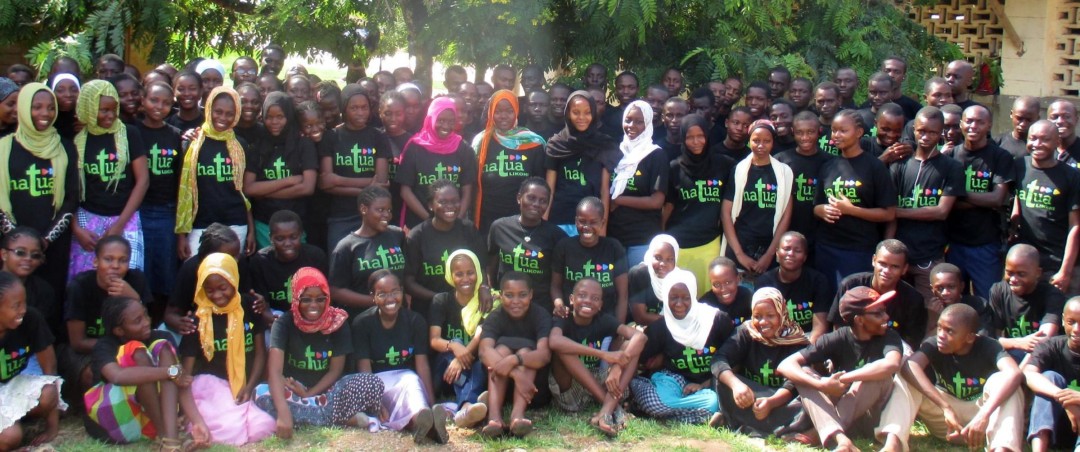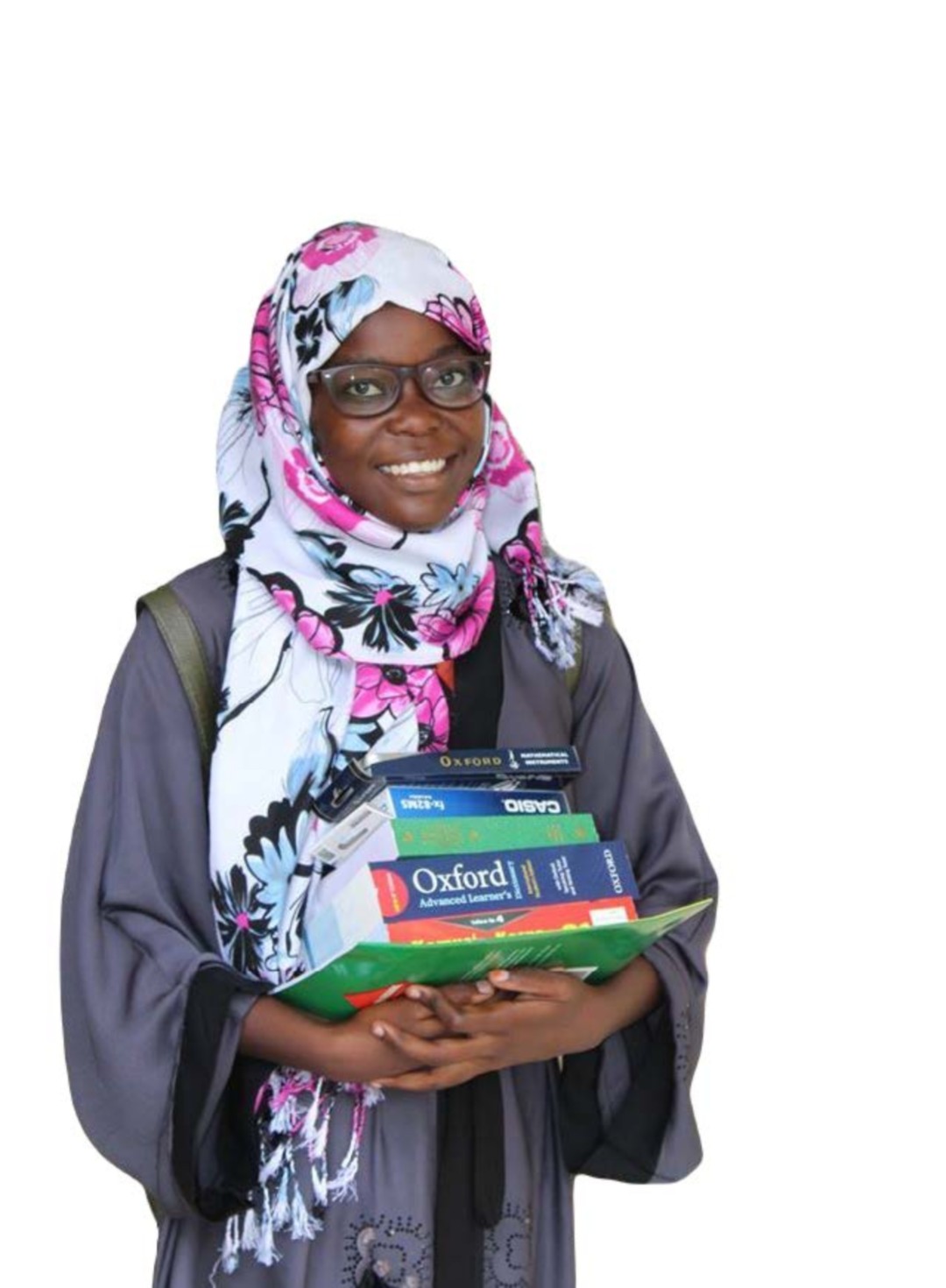Access to secondary education and opportunity
Over the past two years, the project led by Hatua has significantly strengthened the impact of its high school scholarship and mentoring programs. The project enabled 30 students, comprising 15 girls and 15 boys, to complete their last two years of high school education along with mentoring on soft skills. These students were selected through a competitive and transparent application process, having performed in the top 15% on their end-of-primary school national exams and coming from families living on an average of $0.57 per person per day.
Despite their challenging backgrounds, these students showed extraordinary promise. They were placed in Kenya's top-performing boarding schools and provided with full scholarships covering tuition, uniforms, books, and essential supplies 3. In addition to financial support, the students received academic support, including performance tracking, peer study groups, and individual counselling.
The mentoring program, an essential pillar of the model, prepared students for success beyond the classroom. During school holidays, sessions focused on building practical life and leadership skills such as teamwork, emotional intelligence, communication, and critical thinking. In 2024, the scholars completed their final year of secondary school and transitioned into a nine-month "gap year" before starting university. During this period, they engaged in structured mentoring sessions focused on entrepreneurship, financial literacy, computer skills, and civic education. As part of their gap year experience, the scholars were employed as peer life skills educators and supported through the university application process, including securing admission and applying for government financial aid. By September 2025, the cohort of 30 scholars supported Foundation, will have received their university placement letters and be ready to embark on the next phase of their academic journey.
Thanks to the support this support, the students have grown into confident, capable young adults equipped with the knowledge, skills, and resilience needed to succeed in tertiary education. Impressively, 100% of the 30 scholars sponsored by the foundation successfully passed their end-of-high school exams, earning qualifications to pursue college or university studies.
Founded in 2007, the Hatua Network is a Kenyan NGO that aims to end generational poverty by preparing promising youth form low-income families to thrive in Kenya’s modern economy.
News
Three new projects approved in April 2023
12 April 2023
The Foundation’s Board approved three new projects at the April Board meeting.Secondary education and more
16 October 2023
The project led by the Hatua Network is addressing the root causes of generational poverty amongst youth in Mombasa, through access to education and opportunity.Type
Health / Education / Environment / Community DevelopmentDuration
April 2023 - March 2025Location
Mombasa / KenyaWith whom
The Hatua Network
Website




Kenya
Population
49.7 million (2017)
Per Capita Income
USD 1,460/year (2017)
Poverty rate *
36% (2015)
Literacy rate
79% (2016)
Human Development Index
142nd out of 189 countries (2018)
Kenya’s macro-economic conditions have progressed over the past decade, improving the welfare of its population. However, a quarter of its population lives in urban informal settlements, arid and semi-arid rural areas and remain vulnerable to poverty, conflict, structural underdevelopment and disease. Even though national absolute poverty has declined overall, it remains high compared with neighbouring countries. Primary school enrolment has reached 100%. Access to household services such as electricity, improved drinking water and sanitation has steadily increased, even though coverage remains low (23%, 47% and 33% respectively). Youth unemployment and vulnerability to climate change remain key challenges.
Sources: World Food Program, UNICEF, World Bank, 2016 Human Development Report, Human Development Indices and Indicators (2018 Statistical Update)
*The percentage of the population living below the national poverty line.